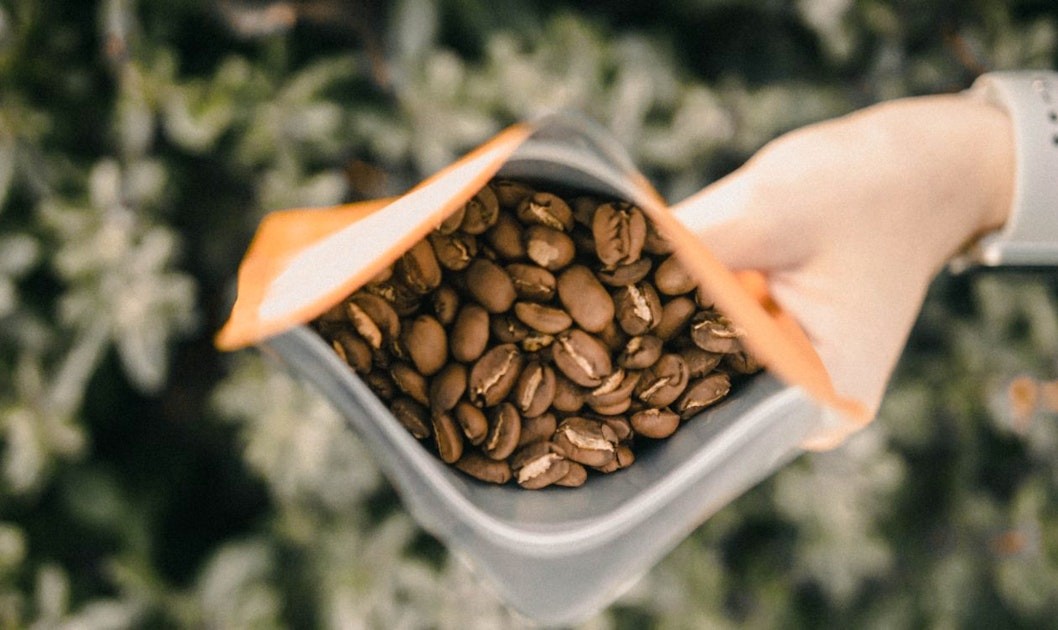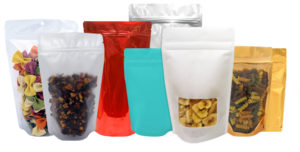Coffee packaging might seem confusing because of all the different bags, valves, patterns, printing, and stickers. Find out more about the construction and packaging of coffee bags. Customers examine several elements, from the coffee’s roast level to its place of origin, while making a purchase.
Isn’t there anything more at play here? The aesthetics of the coffee bags’ presentation.Seventy percent of consumers feel the packaging has a major influence in influencing their decision to buy the goods. The packaging of a product may influence a consumer’s decision to buy it as much as 90% of the time, according to studies.
One of the most memorable impressions of your brand that a customer will have is the design of the coffee bags wholesale, whether they buy it in a store, at your shop, or online. This is particularly important if your coffee is going to be sold in supermarkets. The design of your coffee packaging may do wonders for your business, helping you stand out from the crowd of other coffee retailers and attracting the attention of coffee enthusiasts, both of whom are potential customers.
We advise that you bring at least the following things with you on your trip:
Valve with a Direct Flow
In order to degas the coffee while maintaining its maximum freshness, your coffee bag design must have a one-way valve. This valve lets carbon dioxide out but prevents oxygen from getting in. Modern coffee enthusiasts are knowledgeable enough to know to look for this valve, and they will not purchase a package of coffee if it does not contain it.
Ability to Form a New Seal
Coffee loses its unique aromas and flavors after being exposed to air for too long. Incorporate a simple resealing mechanism onto the coffee bag to help customers keep their coffee tasting fresh. You may use a tin tie, some ziplock bags, or your imagination to figure out how to do this.
Locally-Applicable Laws and Regulations
Find out whether the local health agency has specific guidelines for product labeling and packaging. For example, in the state of Connecticut, all bags of coffee must prominently display the business’s name, address, zip code, net weight, and category.
None of these terms are open to discussion or debate. Having just two of these three components will not make your coffee the freshest in the region.
Coffee packaging has advanced to a new level of innovation and usefulness, and roasters now have access to a broad range of options. Coffee beans may be packaged in a wide variety of ways, from transparent bags that showcase the beans within to five-pound flat-bottomed bags with elaborate designs. To choose the perfect coffee packaging that suits your budget, taste preferences, and brand preference, you may go one way:
Gusset bags were more common in the late 1990s and early 2000s, but you could still come across them in stores today. Older Starbucks bags are a great illustration of this design principle. These bags are cheap, however the tiny top may be annoying to roasters while filling the bags with coffee.
Conclusion
Coffee roasters are more likely to utilize bags with flat bottoms. Customers will appreciate the sturdy design, which also makes loading and unloading a breeze. The five exposed sides also provide more room for imagination. Some producers also provide roasters the option of printing their own artwork on the bags’ inside.



